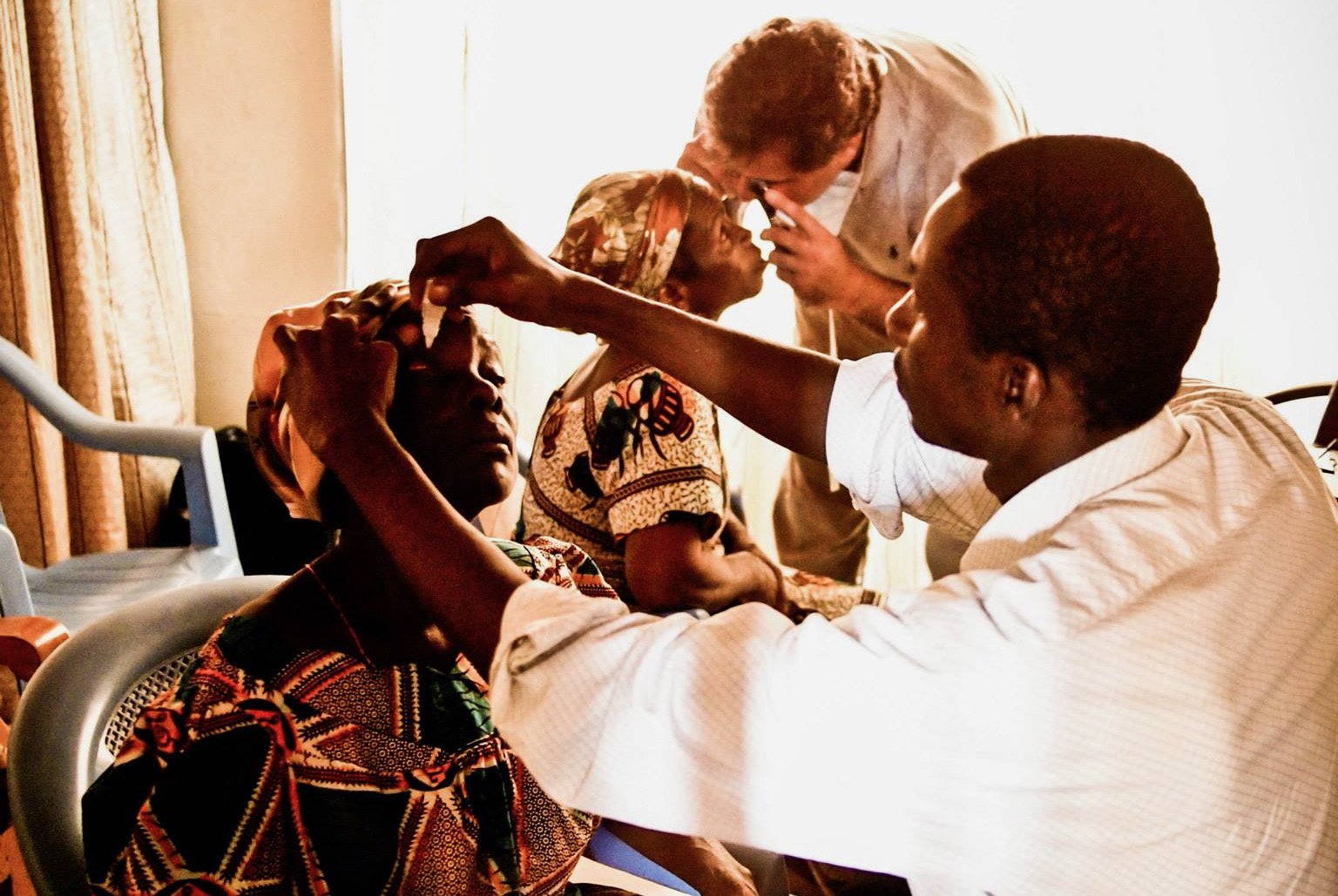
GLOBAL HEALTH CERTIFICATE
Module 11: Support Local Doctors To Help Eliminate Brain Drain
What is "brain drain"?
Many healthcare professionals trained in the Global South leave their home countries to pursue better working conditions and higher pay in the Global North. This “brain drain” predictably leads to a dearth of qualified physicians in the Global South, leaving the healthcare systems of these regions in crisis.
“It has been estimated that at the turn of this century, a staggering 81% of Haiti’s university-educated professionals had left the country to work abroad. The figure for Somalia was 58%, for Liberia 37%, and for Laos 13%. The World Health Organization, meanwhile, has calculated that about 34% of Zimbabwe’s nurses and 29% of Ghana’s doctors work abroad, and a shocking 65% of Bangladesh’s newly qualified doctors leave the country every year to find employment elsewhere… The result of these migrations of education healthcare professionals from the developing to the developed world is evident for all to see. Hospital wards, rural health clinics, maternity units, and even laboratories are hopelessly understaffed. This means that diseases go untreated, staff become overburdened with work, and the overall standard of care decreases sharply.”(1)
When basic health care services are hard to find, people turn to under-qualified or unqualified practitioners or go without care. In addition to “decimating the provision of healthcare in poor countries,”(2) brain drain has particularly damaging economic effects, as countries lose economically productive citizens and their national investment in medical training.
Causes of Brain Drain(3)
There are two main categories of factors that contribute to the migration of physicians from the Global South to the Global North. “Push” factors are those originating in the donor country, which encourage physicians to leave. Physicians in low- and middle-income countries face poor prospects for further or specialty training, poor remuneration, inadequate equipment and other supplies at health facilities, a heavy patient burden, and intellectual stagnancy due to isolation from current medical research. “Pull” factors, on the other hand, are incentives from the recipient country that attract doctors from the Global South. These include vastly greater compensation, prospects for further training, low unemployment, better lifestyle, and access to modern facilities and cutting edge research. In addition to passive push and pull factors, some countries in the Global North have active recruitment policies encouraging physician migration.(4)
What can be done?
Although part of the solution must involve policy and infrastructural revision of both the donor and recruiting countries, there is a role for global health NGOs.(5) First, NGOs can support the entrepreneurial ideas and solutions developed by local doctors to help their communities and build local capacity. NGOs can also play a role in bettering working conditions by providing doctors with needed equipment and medical supplies. When possible, medical NGOs can provide further training opportunities for doctors who would otherwise have limited access to new developments in their field. Finally, by creating local jobs for community health workers, NGOs can reduce some of the health care burden that currently lies with nurses while simultaneously stimulating the local economy.
Footnotes
(1) Hooper, C. R. (2008). Adding insult to injury: the healthcare brain drain. Journal of Medical Ethics, 34(9), 684-687.
(2) Ibid.
(3) Muula, A. S. (2005). Is there any solution to the" brain drain" of health professionals and knowledge from Africa?. Croatian Medical Journal, 46(1).
(4) Patel, V. “Recruiting Doctors From Poor Countries: The Great Brain Robbery?” Bmj. 327 (2008): 926-928.
(5) Stilwell, Barbara, et al. “Migration of Health-Care Workers from Developing Countries: Strategic Approaches to Its Management.” (Aug. 2004) Bulletin of the World Health Organization. www.ncbi.nlm.nih.gov/pubmed/15375449. Accessed 29 November 2019.
